Cause of death Stroke Name Juan Trippe | Nationality American Role Entrepreneur | |
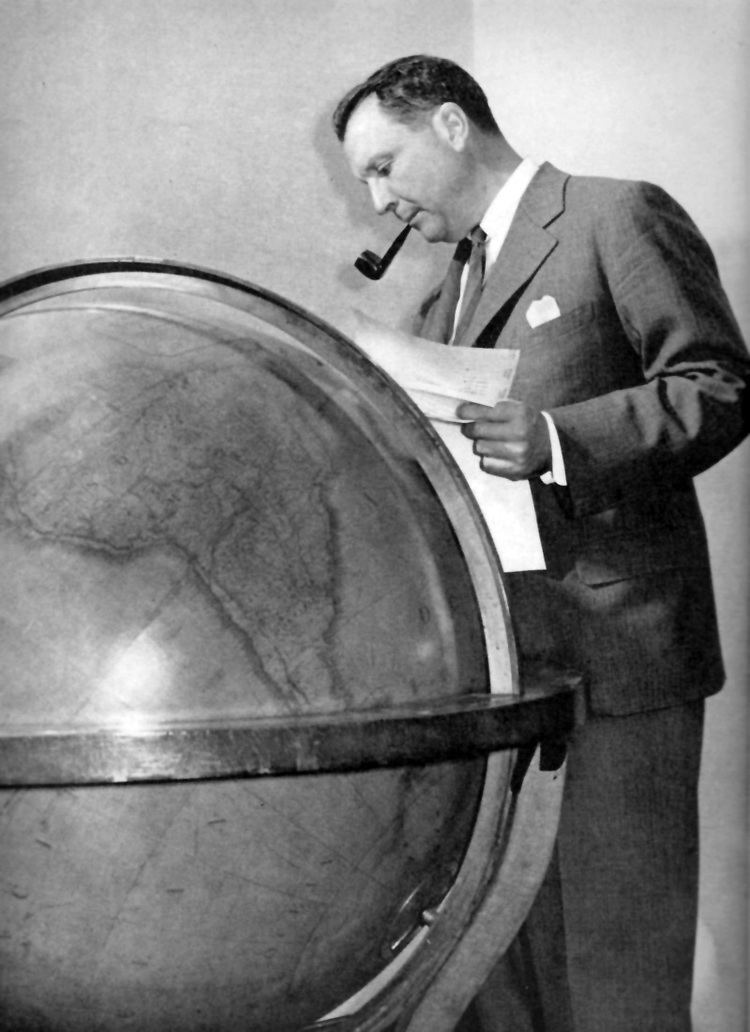 | ||
Full Name Juan Terry Trippe Spouse(s) Elizabeth "Betty" Stettinius Trippe (m. 1928–81) Children Elizabeth Trippe, Edward Stettinius Trippe, Charles White, John Terry Similar People Howard Hughes, Alec Baldwin, Cornelius Vanderbilt Whitney, Edward Stettinius - Jr, Igor Sikorsky | ||
PHONE CALLS: JFK IS MAD AT PAN AM'S JUAN TRIPPE (JUNE 4, 1963)
Juan Terry Trippe (June 27, 1899 – April 3, 1981) was an American commercial aviation pioneer, entrepreneur and the founder of Pan American World Airways, one of the iconic airlines of the 20th century. He was instrumental in numerous revolutionary advances in airline history, including the development and production of the Boeing 314 Clipper, which opened trans-Pacific airline travel, the Boeing Stratocruiser which helped to pioneer cabin pressurization, the Boeing 707 which launched the Jet Age, and the Boeing 747 which introduced the era of jumbo jets (evolved from Air Force bombers, tanker and transport design, respectively). Trippe's signing of the 747 contract coincided with the 50th anniversary of Boeing, and he gave a speech where he explained his belief that these jets would be a force that would help bring about world peace.
Contents
- PHONE CALLS JFK IS MAD AT PAN AMS JUAN TRIPPE JUNE 4 1963
- Juan trippe jet age innovator decades tv network
- Early years
- Career
- Personal life
- Death and legacy
- In popular culture
- References

Juan trippe jet age innovator decades tv network
Early years
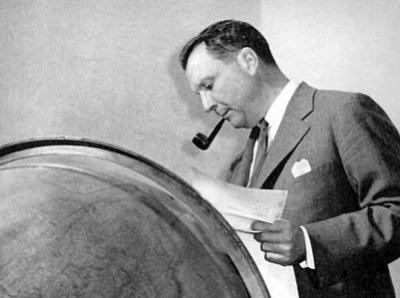
Trippe was born in Sea Bright, New Jersey, on June 27, 1899, the great-great-grandson of Lieutenant John Trippe, captain of the USS Vixen. Because of his forename he is widely assumed to have been of Spanish descent, but his family was actually Northern European in ancestry and settled in Maryland in 1664. He was named after Juanita Terry, the Venezuelan wife of his great-uncle. Trippe attended the Bovea School and graduated from the Hill School in 1917.
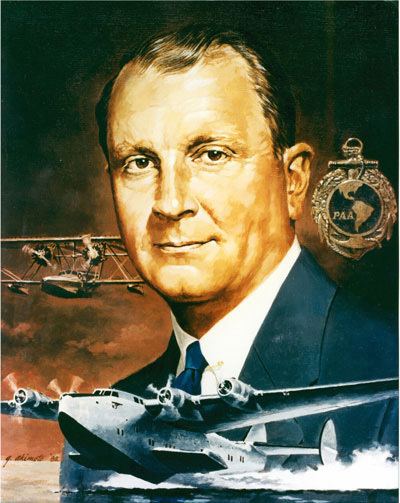
He enrolled at Yale University but left when the United States entered World War I to apply for flight training with the United States Navy. After completing training in June 1918, he was designated as a Naval Aviator and was commissioned as an Ensign in the United States Navy Reserve. However, the end of World War I precluded him from flying in combat. Demobilized from active duty, he returned to Yale, graduating in 1921. While there, he was a member of St. Anthony Hall and of the Skull and Bones society. Trippe was treasurer at the first-ever meet of the National Intercollegiate Flying Association in 1920.
Career
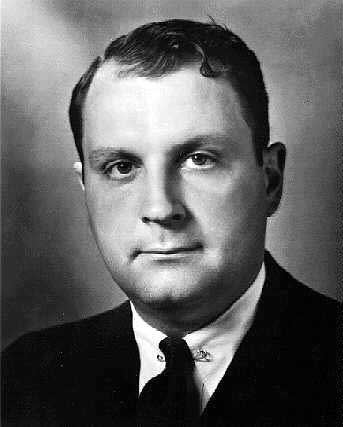
After graduation from Yale, Trippe began working on Wall Street, but soon became bored. In 1922 he raised money from his old Yale classmates, selling them stock in his new airline, an air-taxi service for the rich and powerful called Long Island Airways. Once again tapping his wealthy friends from Yale, Trippe invested in an airline named Colonial Air Transport, which was awarded a new route and an airmail contract on October 7, 1925. Interested in operating to the Caribbean, Trippe created the Aviation Corporation of the Americas. Based in Florida, the company would evolve into the unofficial United States flag carrier, Pan American Airways, commonly known as Pan Am.

Pan Am's first flight took off on October 19, 1927, from Key West, Florida, to Havana, Cuba, in a hired Fairchild FC-2 floatplane being delivered to West Indian Aerial Express in the Dominican Republic. The return flight from Havana to Key West, in a Pan Am Fokker F.VII, took place October 29, being delayed from October 28 by rain.
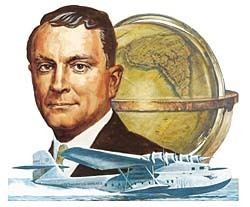
Later, Trippe bought the China National Aviation Corporation (CNAC) to provide domestic air service in the Republic of China, and became a partner in Panagra. In the 1930s. Pan Am became the first airline to cross the Pacific Ocean with the famous Clipper flying boats.
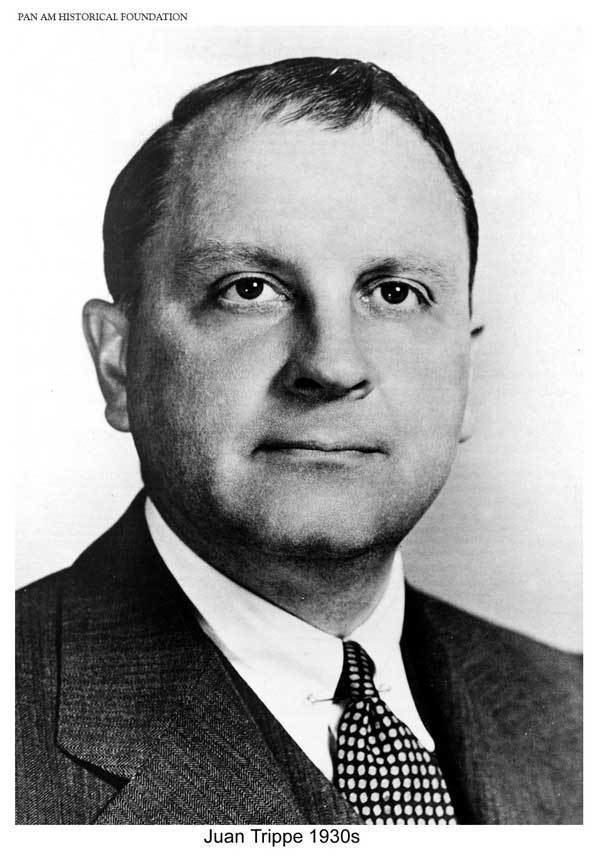
Trippe served as the Chairman of the Board of Directors of the airline for all but about two years between the founding of the company and World War II. "Sonny" Whitney, a stockholder, managed to seize this position. He later regretted his action and allowed Trippe to retake it. For a long time Trippe refused to pardon Whitney. At one point, he even agreed to meet Whitney for lunch for a reconciliation, but changed his mind and turned around shortly after departing from his office in the Chrysler Building.
Pan Am continued to expand worldwide throughout World War II. Trippe is responsible for several innovations in the airline world. A firm believer in the idea of air travel for all, Trippe is credited as the father of the tourist class in the airline industry, and was the driving force behind Pan Am's formation of the InterContinental hotel group.
Trippe quickly recognized the opportunities presented by jet aircraft and ordered several Boeing 707 and Douglas DC-8 airplanes. Pan Am's first scheduled jet flight was operated on October 26, 1958 by 707 Clipper America out of Idlewild International Airport (now JFK) to Le Bourget Airport, Paris. The new jets allowed Pan Am to cut the flight time nearly in half, introduce lower fares, and fly more passengers in total.
In 1965, Trippe asked his friend Bill Allen at Boeing to produce an airplane much larger than the 707. The result was the Boeing 747, and Pan Am was the first customer. Originally, Trippe believed the 747 would ultimately be destined to haul cargo only and would be replaced by faster, supersonic aircraft which were then being developed. The supersonic airliners failed to materialize with the exception of the Concorde and Tupolev Tu-144 and the 747 became the iconic image of international travel. In 1965, Trippe received the Tony Jannus Award for his distinguished contributions to commercial aviation.
Trippe gave up the presidency of the airline in 1968. He continued to attend meetings of the Board of Directors and maintained an office in the company's Park Avenue office building.
Personal life
Trippe was a member of The Royal and Ancient Golf Club of St Andrews in Scotland and president of the Maidstone Club in East Hampton, New York, from 1940 to 1944.
Trippe married Elizabeth "Betty" Stettinius Trippe (1904–1983), the sister of United States Secretary of State Edward R. Stettinius Jr., in 1928. They had four children, Elizabeth ("Betsy"), John Terry, Charles White, and Edward Stettinius Trippe, who now resides in Tucker's Town, Bermuda, where he is executive director of the Tucker's Point Club and serves on Bermuda International Airport's advisory board. The couple remained married until Trippe's death in 1981.
Death and legacy
Trippe suffered a stroke in September 1980, which forced him to cut back on his workload; he died after suffering a second stroke at his New York City home on April 3, 1981, at the age of 81. He is buried in Green-Wood Cemetery in Brooklyn.
In 1985, Trippe was posthumously awarded the Medal of Freedom by United States President Ronald Reagan. Trippe was inducted into the Junior Achievement U.S. Business Hall of Fame in 1990. An endowed chair at the Yale University School of Management is the "Juan Trippe Professor in the Practice of International Trade, Finance, and Business".
In popular culture
He was portrayed by Pat O'Brien in 1936's The China Clipper by Ray Enright, and by Alec Baldwin in Martin Scorsese's 2004 film, The Aviator.
